With the release of new wireless/wire-free/true wireless headphones, you might be getting confused with all this wireless and true wireless verbiage. The term wireless headphones has been around for a while now. The consumer industry adopted the descriptor as Bluetooth headphones started to come to market. Before we move on, it’s important to note that we’re discussing consumer grade Bluetooth wireless headphones and not anything used in the military or other major industries.
When the consumer industry started shipping Bluetooth headphones, the wireless moniker stuck since, well, there was no wire between the device and the headphones even though a wire exists between the left and right earcups or earbuds. That made sense then but now that new technologies have emerged, some consumers may be getting confused. Many OEM’s are marketing both their Bluetooth wireless headphones and their Bluetooth true wireless headphones as simply… wireless headphones.
Let’s briefly look at the differences, using two of Bose’s offerings as examples simply due to the similarity in names.
Wireless
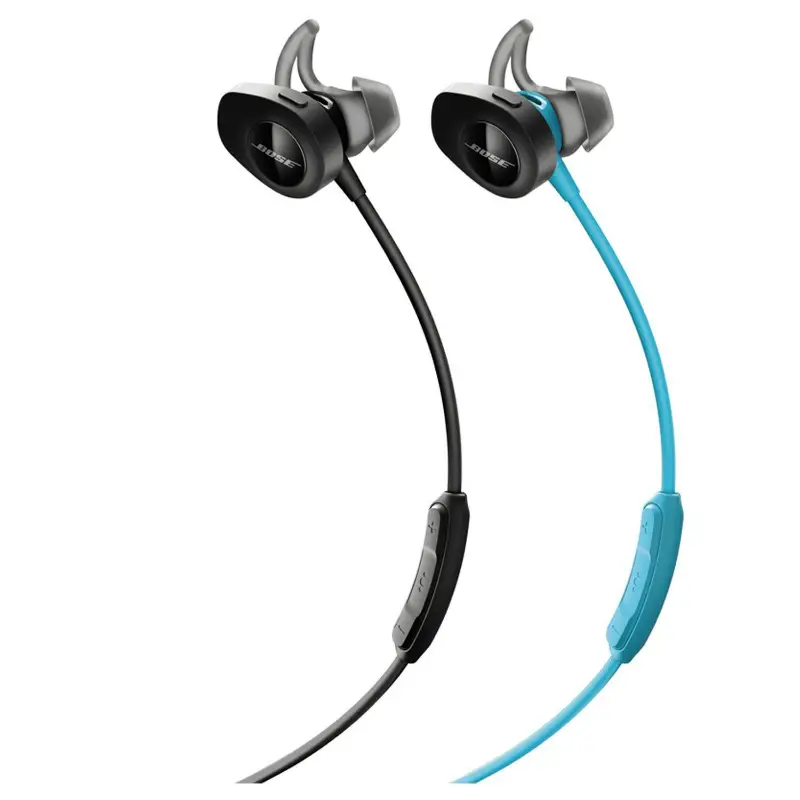
Let’s take the Bose SoundSport Wireless Headphones as an example. These are Bluetooth and wireless between the device and the headphones, meaning there is no physical connection between the phone and headphones. Data is transmitted over Bluetooth to a receiver in the headphones and through the drivers in the headphones. This is the type of headphone that has been around for several years and is becoming more popular due to the removal of the headphone jack in mainstream devices.
This is the type of headphone that has been around for several years and is becoming more popular due to the removal of the headphone jack in mainstream devices.
True Wireless
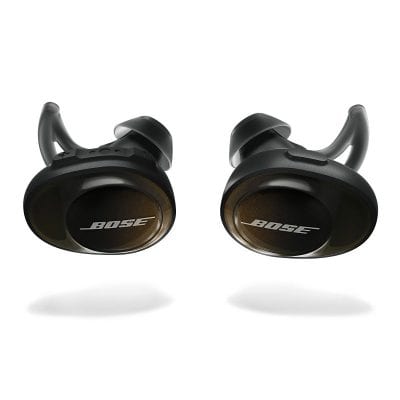
Let’s take the Bose SoundSport Free Wireless Headphones as an example. As you can see from the name of both the wireless and true wireless offering, the only difference is the term Free. These headphones not only lack wires between the device and headphones, the also lack wires between the headphones themselves. The way these works is that the Bluetooth signal is transmitted to the device to one of the earpieces (acting as the master), the master earpiece then transmits the signal to the other earpiece and you’re listening to your tunes.
True wireless — or wire-free — headphones have a lot more going on in terms of technology. While they’ve been around for about a year now, it’s my opinion that most OEM’s are just starting to get the bugs ironed out. The first round of true wireless headphones came with many connectivity issues. This new round seems like they’ve figured out how to make it work right.
So it’s really that simple and that complicated at the same time. If you’re shopping for wireless headphones the most obvious thing to look at are the pictures. If they show wires, well then, they’re wireless. If they show no wires, well then, they’re true wireless. Now we just need to get some of these OEM’s to decide on the proper terms to use. Wire-free? Wireless? True Wireless? Free?
What do you think of both these types of headphones? Let us know what you think in the comments below, or on Google+, Twitter, or Facebook.




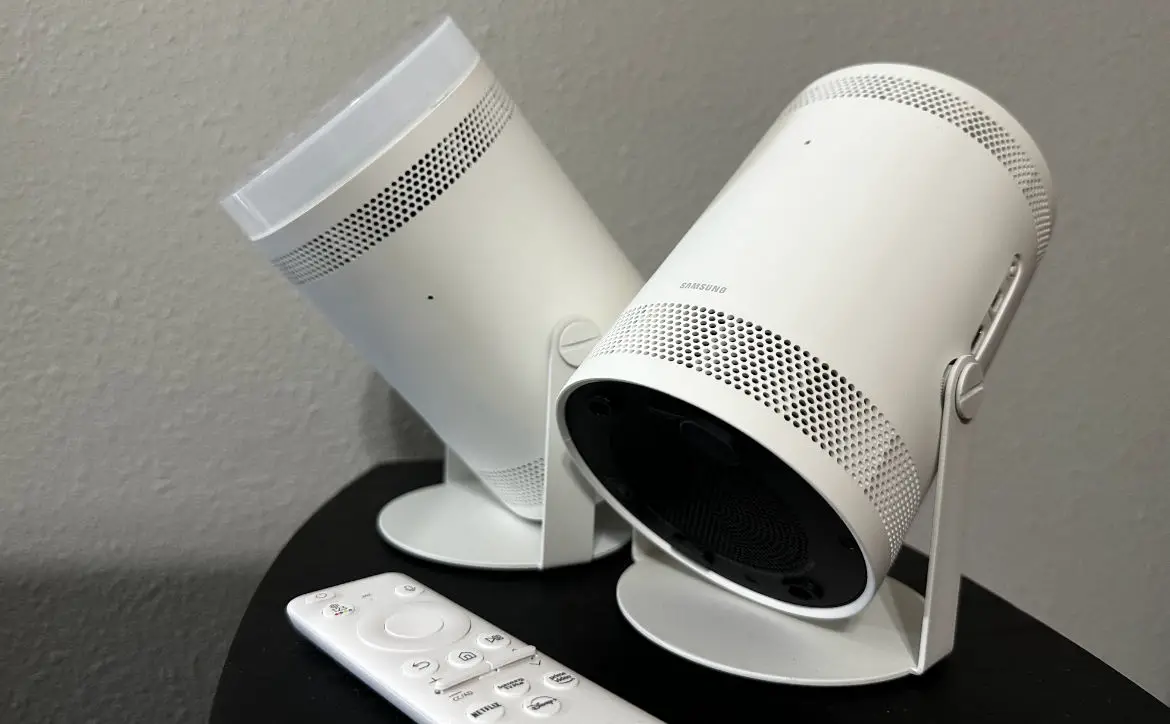
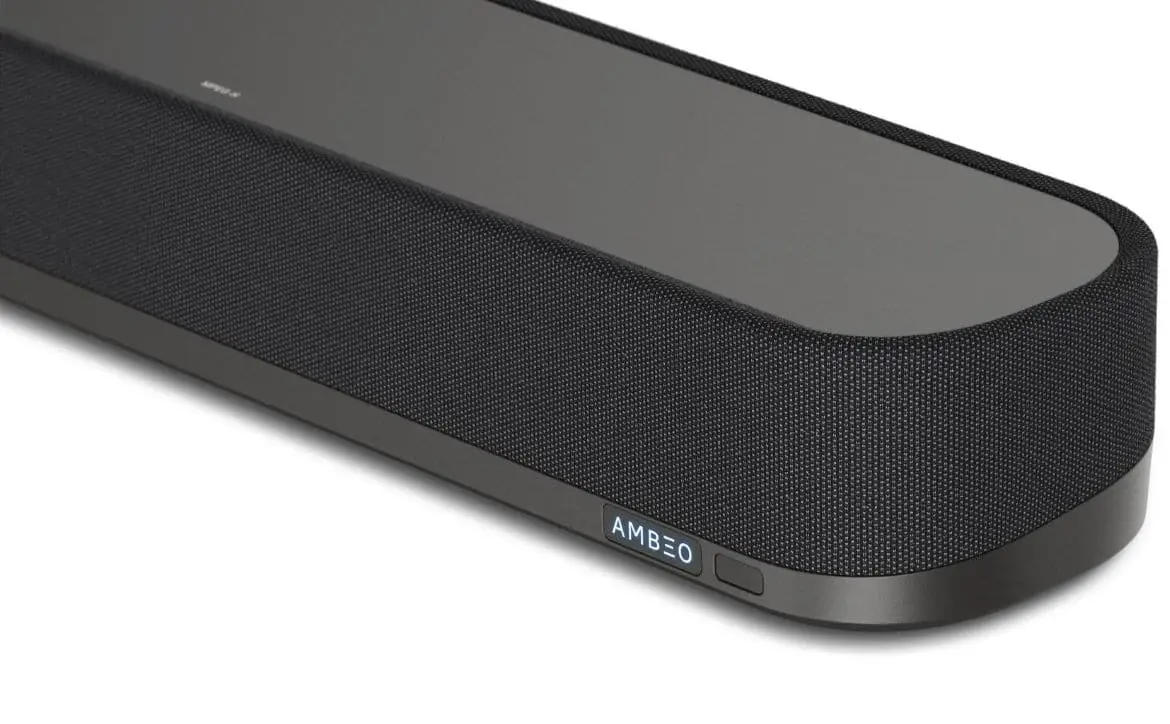
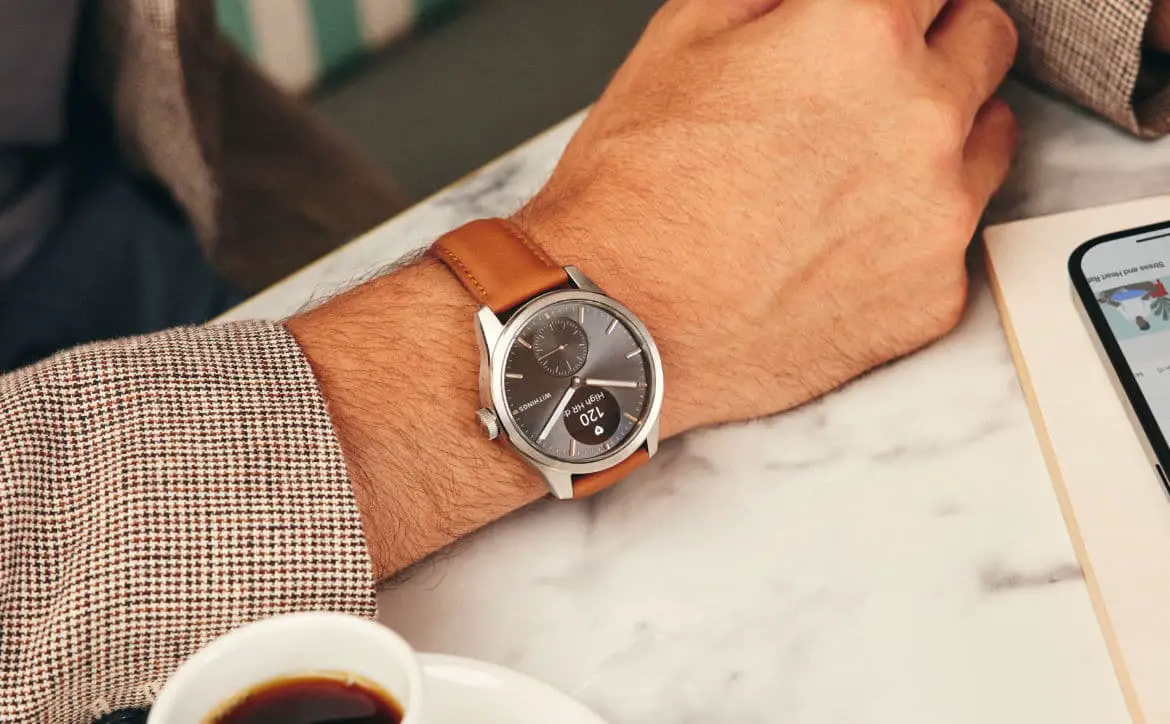
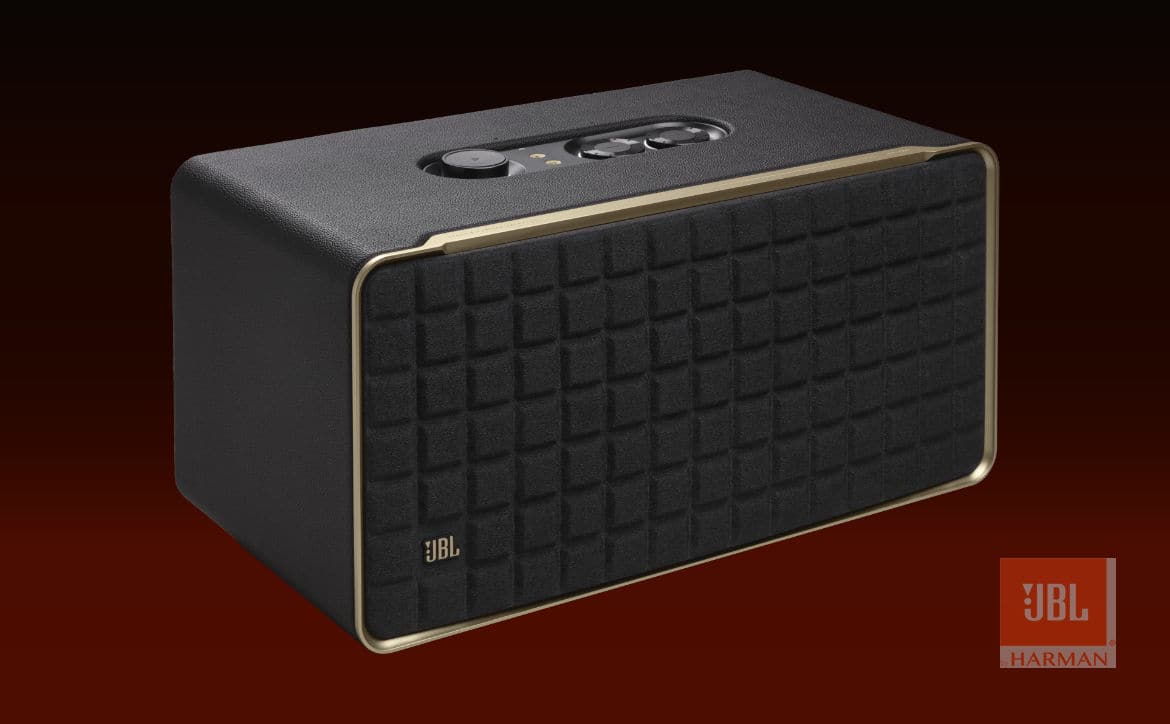

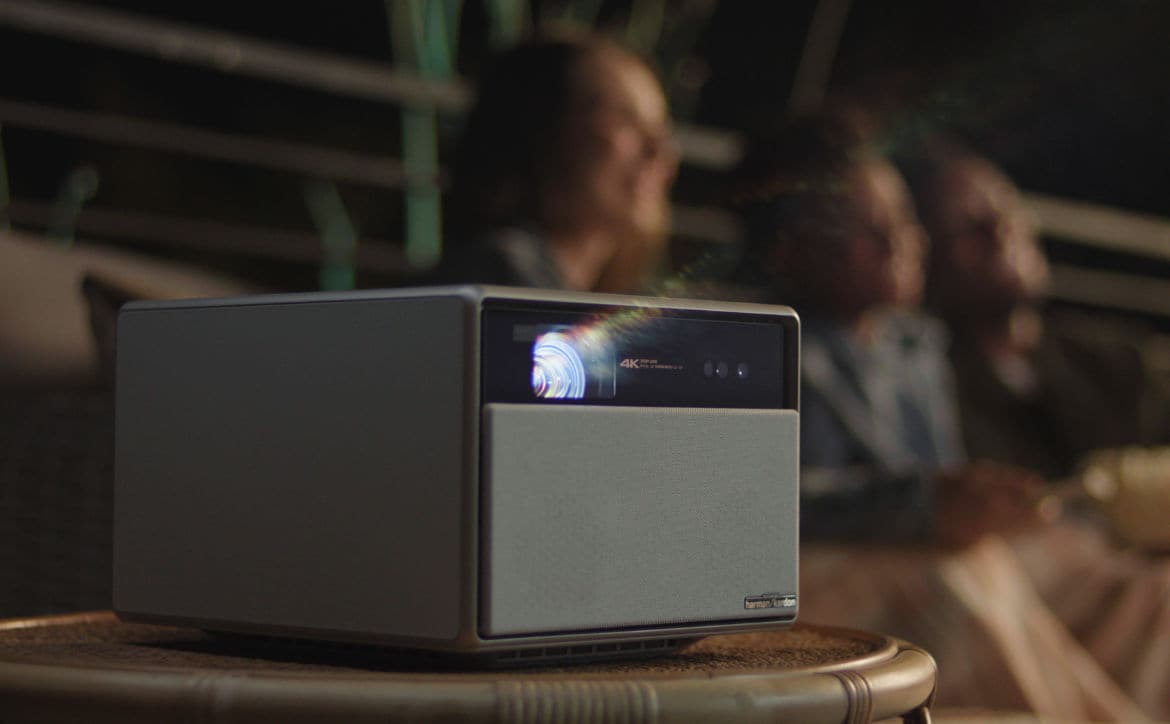
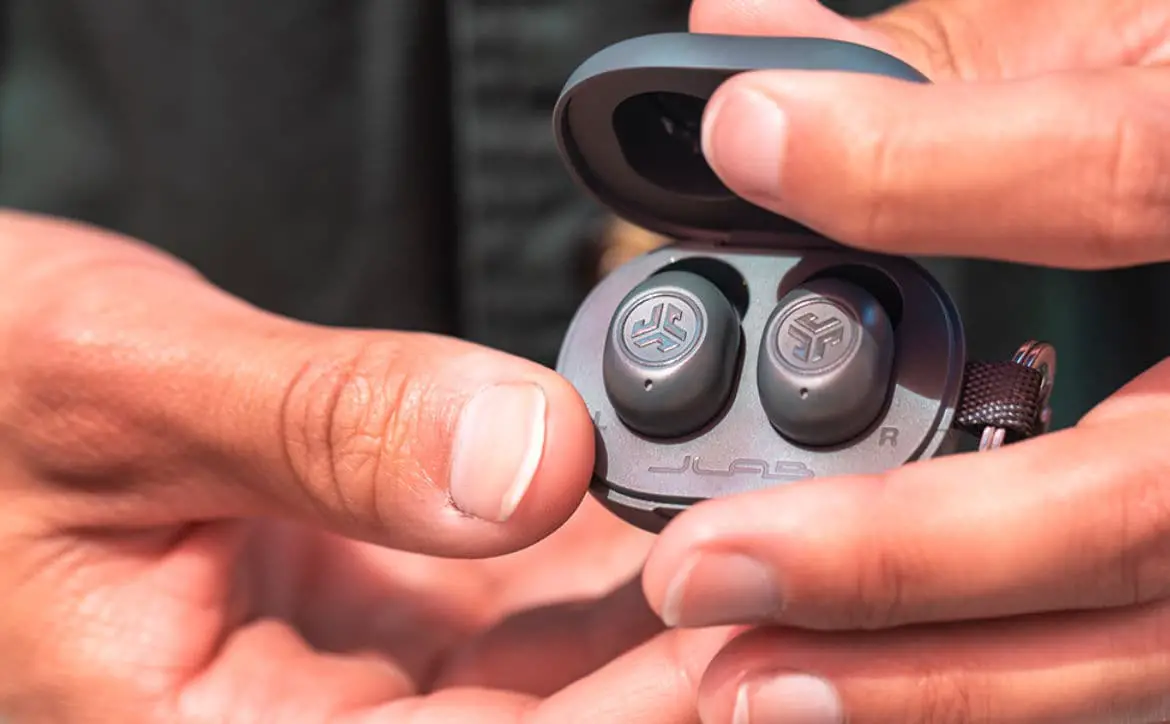
Comments are closed.